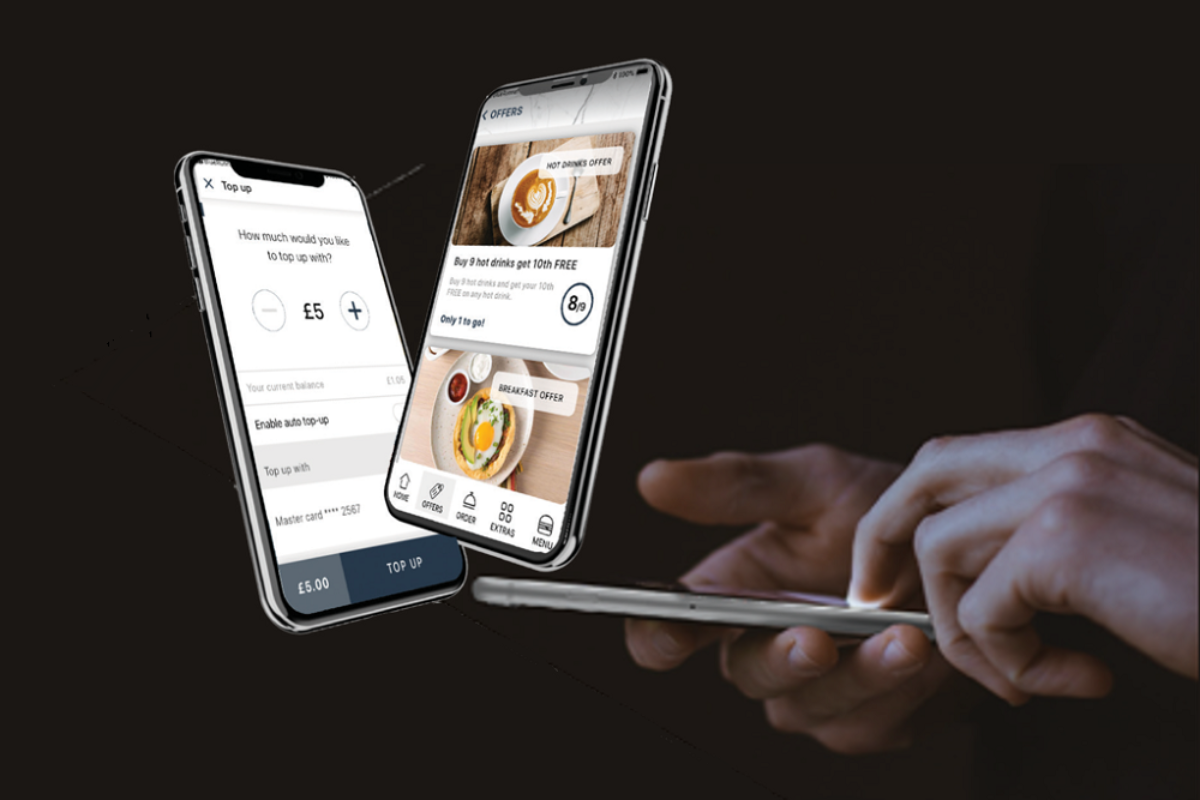Ian Harrison, Partner at Litmus Retail, discusses how leisure and entertainment attractions need to adapt for the long-term. The knock on effect of the pandemic has already resulted in fundamental shifts in consumer behaviour. Right now, the very survival of many leisure businesses will, in a large part, depend on consumer confidence in the ability to enjoy a fun, but safe, out of home experience.
As lockdown eases, and leisure and entertainment attractions start to reopen and welcome visitors again, we believe the changes and measures being put in place to ensure the environments are Covid secure are here for the long term.
The pandemic has done far more than just bring social distancing into reality. It has fundamentally shifted the way in which consumers behave when visiting public spaces and attractions – and although this will no doubt ease as we all adjust to our new environment; we believe that this shift is largely here to stay.
In some ways, the pandemic hasn’t changed the course of consumer behaviour; it’s simply accelerated it. For example, the use of cash has been declining over recent years as more simple and convenient payment options, such as mobile, come into play. This trend continued during lockdown, albeit at a quicker pace, with the number of cash withdrawals falling by 60%.
In a year’s time the measures that are being put in place now – many of which will make both the visitor experience and the operational efficiency of the site more streamlined – will be weaved into the fabric of how we work for the long term.
Statistics released by the Association of Leading Visitor Attractions (ALVA), revealed that national optimism with regards visiting attractions has steadily improved. There was a strong upturn in early June, with around 4million adults claiming to have already visited an attraction.
However, at the time of writing, there appears to be a growing gap in confidence between indoor and outdoor attractions, which extends to indoor eateries and cafes as well. These fall into ‘high use, high anxiety’ areas, and with food and beverage sales from on-site retail outlets driving much-needed revenue, it’s clear changes need to be made to keep visitors feeling confident and willing to spend money.
It’s obvious that the indoor retail outlets at these sites will be moved to takeaway, outdoor areas will remain popular, grab-and-go food options will be commonplace and cash payments rare. This is what we’ve all known, for a few weeks.
But what will start dividing successful operators from those that struggle, is the long-term planning. Not the implementation of quick-fix, short term solutions but well-planned, operational changes that will work not just now but in six, 12, 24 months’ time.
We’ve received enquiries from those within the sector who know what changes need to happen– but aren’t exactly sure how to execute them. It’s overwhelming and understandably there is concern around implementing measures and equally keeping within budgets that are already challenging – with tech emerging as the much-needed solution.
ALVA revealed increasing numbers of visitors are welcoming advanced booking and see it as a way of limiting capacity – this ‘pre-arrival’ communication indicates the business is in ‘control’ and provides reassurance around the question of eliminating crowds, promotion of distancing and no queuing.
This approach can be adopted within the on-site retail outlets – for example, giving visitors the opportunity to pre-order their food choices ahead of arrival and then collecting them at a designated “click and collect” location at an agreed time. Visitors can view a menu, complete with allergy information and pricing, and confirm their order, all before their visit. This gives numerous operational benefits from pre-preparing exact numbers of food items and reducing waste to managing capacity numbers at the food collection points and completely eliminating close human-to-human contact.
Online ordering via an app or website is the future. Millennials are already used to this anyway with the surge in popularity of delivered food services such as Deliveroo and JustEat prior to the pandemic. Now, every outlet needs to engage with the pre-order/pre-payment process and affordable tech is available to even the smallest outlet to do so.
The next few months will be challenging and it’s clear that the leisure and tourism industry has been one of the worst hit throughout the pandemic. But there is a way forward; it’s a case of adapting and flexing to future-proof for the long term
To hear more about how we would help develop effective retail solutions that deliver realistic and sustainable revenue growth for your business visit www.litmusretail.co.uk or use our contact form to get in touch.
Litmus – doing what’s right, when it matters most.

